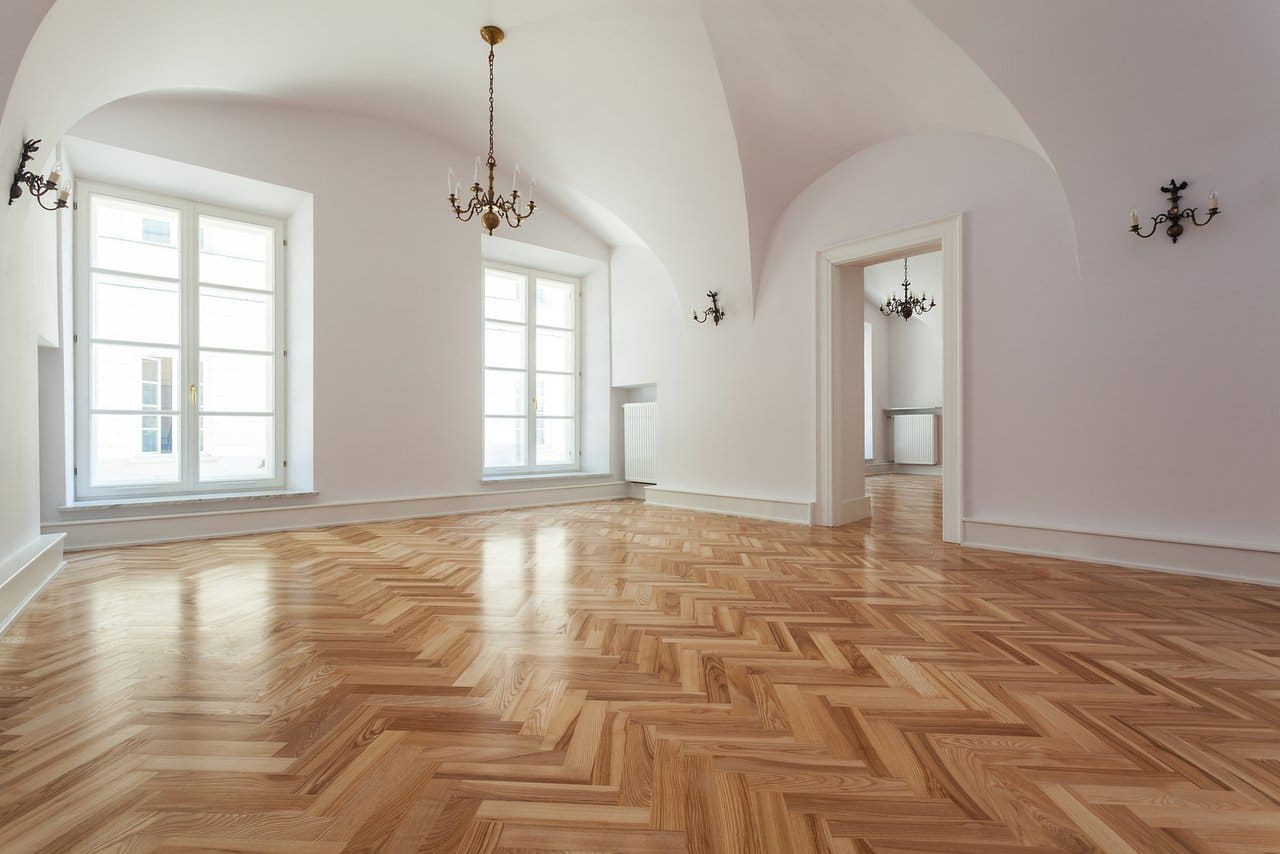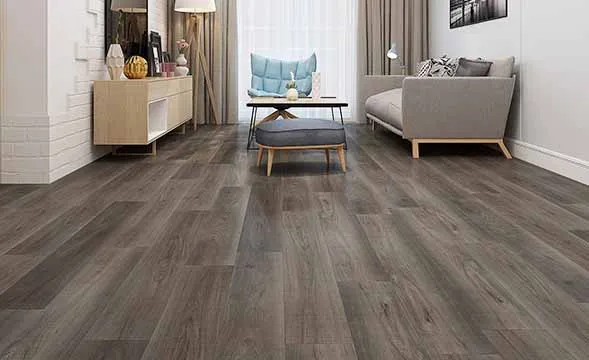Flooring is a fundamental component of any home, setting the tone for the design and functionality of your living spaces. With the myriad of options available, the decision between parquet and Stone Plastic Composite (SPC) flooring stands out as a significant choice for homeowners. This article dives deep into these two popular flooring types, comparing their features, benefits, and drawbacks to help you determine which best suits your lifestyle.
What is Parquet Flooring?

Originating from the French term “parqueterie,” dating back to the 1600s, parquet flooring is known for its geometric, mosaic-style patterns composed of wooden pieces. It adds a classic, elegant charm to any room.
Advantages of Parquet Flooring:
Aesthetic Appeal: With its unique designs and natural wood look, parquet flooring adds a touch of elegance and warmth to any space.
Durability: When properly maintained, parquet floors can last for decades, showcasing the timeless appeal of wood.
Versatility: Available in various woods, parquet floors offer a wide range of colors and patterns.
Disadvantages of Parquet Flooring:
Cost: High-quality parquet flooring can be costly due to the craftsmanship and materials involved.
Maintenance: Requires regular polishing and refinishing to maintain its appearance and prevent damage.
Moisture Sensitivity: Wood floors can warp or swell in humid conditions or when exposed to water.
What is SPC Flooring?

SPC flooring is a robust, waterproof flooring option made from a composite of limestone and stabilizers, creating a dense, durable core layer. It’s designed to withstand heavy foot traffic and resist moisture.
Advantages of SPC Flooring:
Water Resistance: Ideal for kitchens, bathrooms, and basements due to its waterproof properties.
Durability: SPC flooring is known for its strength, resisting scratches, dents, and stains.
Easy Maintenance: Simple to clean and does not require special treatments or refinishing.
Disadvantages of SPC Flooring:
Comfort: Harder underfoot compared to other flooring types, which may require additional underlayment for comfort.
Coldness: Can feel cold to the touch, making it less ideal in colder climates without in-floor heating.
Aesthetic Limitations: While it can mimic natural materials, it lacks the authentic look and feel of real wood or stone.
Comparing Parquet and SPC Flooring
When choosing between parquet and SPC flooring, consider several key factors such as aesthetic appeal, durability, maintenance, cost, and environmental impact. Each has its own set of advantages and challenges, making the choice dependent on your personal preferences, lifestyle, and the specific needs of your home.
Choosing What’s Right for You
Reflect on your lifestyle, maintenance willingness, budget, and the overall aesthetic you aim to achieve in your home. Both parquet and SPC flooring offer unique benefits, and your choice should align with your long-term satisfaction and comfort.
Conclusion
The decision between parquet and SPC flooring ultimately boils down to personal preference, lifestyle needs, and the specific characteristics of each flooring type. By considering the factors outlined in this article, you can make an informed decision that enhances the beauty, functionality, and value of your home.

